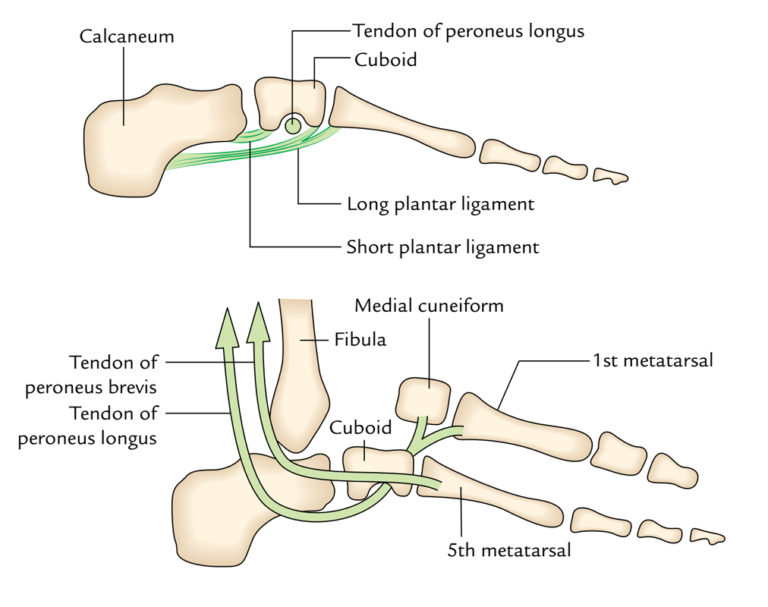

In both cases, however, we will want to boost the intrinsic foot strength and the feet and toes' connection to the rest of the body. Arch pain can be the result of one or a combination of conditions that develop in the sole of the foot. A flat foot, by contrast, generally means we are dealing with a more unstable, unlocked foot it usually needs more work on stabilization. A high arch generally means we are dealing with a rigid and locked foot it generally needs more mobilization work. When examining how well a foot functions, it is useful to consider the height of the arch. A cavovarus foot deformity is a condition in which the foot has an abnormally high arch and the heel slants inward. Our feet are truly our foundation, and if they're faulty, we’re guaranteed to have problems throughout the rest of the body. These type of feet are relatively inflexible, usually have a high arch and a. This condition is medically known as cavus foot deformity. Something similar happens when the foot has supination, meaning it rolls inward. People with high arch feet may experience problems, which can range from occasional discomfort to permanent skeletal issues. Some people have higher arches than usual. The force of running can be 3 to 4 times that of our body weight, and our feet determine how our entire body absorbs that force by communicating with our ankles, hips, core, and spine. The arch of your foot is the area between your heel and the ball of your foot. They are the first thing to contact the ground and the structure that dictates how the rest of our body will handle the impact of running.Ī huge factor in our ability to run injury-free is how well our feet connect to the ground and absorb the impact force of each step. If you overpronate, the outer edge of your heel hits the ground first, and then your foot rolls inward onto the arch. As runners, it is extremely important to maintain the condition of our feet. Overpronation means that your foot rolls inward as you move.


 0 kommentar(er)
0 kommentar(er)
